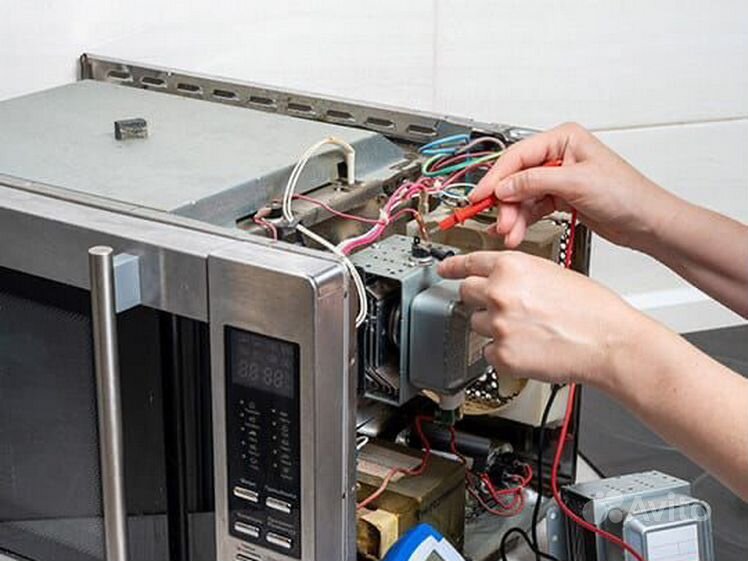The Essential Guide to Understanding Different Types of Needles and Their Applications in Modern Society

History and Evolution of Needles
The history of needles dates back to prehistoric times when early humans first discovered the need to join materials together. Archaeological evidence suggests that the earliest needles were crafted from bone and were used approximately 40,000 years ago. These primitive tools featured eyes for threading and were primarily used for sewing animal hides together for clothing and shelter. As civilizations advanced, the materials and manufacturing processes evolved. The Bronze Age brought metal needles, while the Iron Age introduced more durable and precise instruments. The Industrial Revolution marked a significant turning point in needle production, with the development of automated manufacturing processes that could produce standardized, high-quality needles in large quantities.
Medical and Surgical Needles
In the medical field, Needles play a crucial role in various procedures and treatments. Hypodermic needles, invented in the 1850s, revolutionized medicine by enabling direct injection of medications into the bloodstream. These needles are carefully designed with specific gauges and lengths to accommodate different medical procedures. Surgical needles, on the other hand, are specialized instruments used in suturing wounds and performing intricate surgical procedures. They come in various shapes, including curved, straight, and compound curved, each designed for specific surgical applications. The development of specialized coating technologies has also led to the creation of anti-stick needles, which reduce tissue trauma and improve surgical outcomes.
Industrial and Manufacturing Applications
The industrial sector relies heavily on needles for various manufacturing processes. In textile production, industrial sewing needles are engineered to handle different fabric types and stitching patterns. These needles feature specific point styles, shaft designs, and eye types to ensure optimal performance with various materials. Additionally, needles are essential in automotive manufacturing, where they are used in upholstery and assembly processes. The electronics industry also employs ultra-fine needles for precision testing and component assembly, particularly in the production of microelectronic devices.
Artistic and Craft Applications
In the world of arts and crafts, needles serve as versatile tools for creative expression. Embroidery needles, with their larger eyes and sharp points, enable intricate decorative stitching on fabrics. Quilting needles are designed to pass through multiple layers of fabric while maintaining stability and preventing damage. Beading needles, characterized by their extreme thinness and flexibility, allow artisans to create detailed jewelry and decorative pieces. The growing popularity of needle arts has led to the development of specialized needles for specific techniques, such as punch needling and needle felting.
Innovation in Needle Technology
Recent advances in needle technology have led to significant improvements in various fields. Smart needles equipped with sensors can provide real-time feedback during medical procedures, improving accuracy and reducing complications. Micro-needles, which are microscopic in size, are revolutionizing drug delivery systems and cosmetic treatments. These tiny needles can painlessly penetrate the skin's surface layer, delivering medications or beauty treatments more effectively than traditional methods. Additionally, developments in material science have produced needles with enhanced durability, reduced friction, and improved biocompatibility.
Environmental Impact and Sustainability
The environmental impact of needle production and disposal has become an increasingly important consideration. Traditional needle manufacturing processes often involve resource-intensive methods and potentially harmful materials. However, the industry is responding with more sustainable approaches, including the use of recycled materials and eco-friendly manufacturing processes. Medical facilities are implementing strict protocols for needle disposal to prevent environmental contamination and reduce the risk of needle-stick injuries. Some manufacturers are also developing biodegradable needles for specific applications, although these must meet rigorous safety and performance standards.
Safety and Handling Protocols
Proper needle handling is crucial across all applications to prevent injuries and maintain sterility where required. In medical settings, strict protocols govern the use and disposal of needles to prevent needle-stick injuries and cross-contamination. These protocols include proper storage, handling techniques, and disposal in designated sharps containers. Industrial settings also maintain specific safety guidelines for needle handling, including proper training for operators and regular maintenance of needle-using equipment. In craft and domestic settings, education about proper needle storage and handling helps prevent accidental injuries and ensures tool longevity.
Future Trends and Developments
The future of needle technology holds promising developments across various sectors. In medicine, research continues into smart needles that can detect tissue types and provide guidance during procedures. The development of pain-free needle technologies could revolutionize vaccine delivery and other medical procedures. In manufacturing, advances in needle design and materials are enabling more precise and efficient production processes. The integration of artificial intelligence and robotics in needle-based procedures is also expanding, particularly in medical and industrial applications.
Get More Insights On-
Get This Report In Japanese Language-
Get This Report In Korean Language
About Author:
Alice Mutum is a seasoned senior content editor at Coherent Market Insights, leveraging extensive expertise gained from her previous role as a content writer. With seven years in content development, Alice masterfully employs SEO best practices and cutting-edge digital marketing strategies to craft high-ranking, impactful content. As an editor, she meticulously ensures flawless grammar and punctuation, precise data accuracy, and perfect alignment with audience needs in every research report. Alice's dedication to excellence and her strategic approach to content make her an invaluable asset in the world of market insights.
( LinkedIn: www.linkedin.com/in/alice-mutum-3b247b137 )
What's Your Reaction?
 Like
0
Like
0
 Dislike
0
Dislike
0
 Love
0
Love
0
 Funny
0
Funny
0
 Angry
0
Angry
0
 Sad
0
Sad
0
 Wow
0
Wow
0


















































